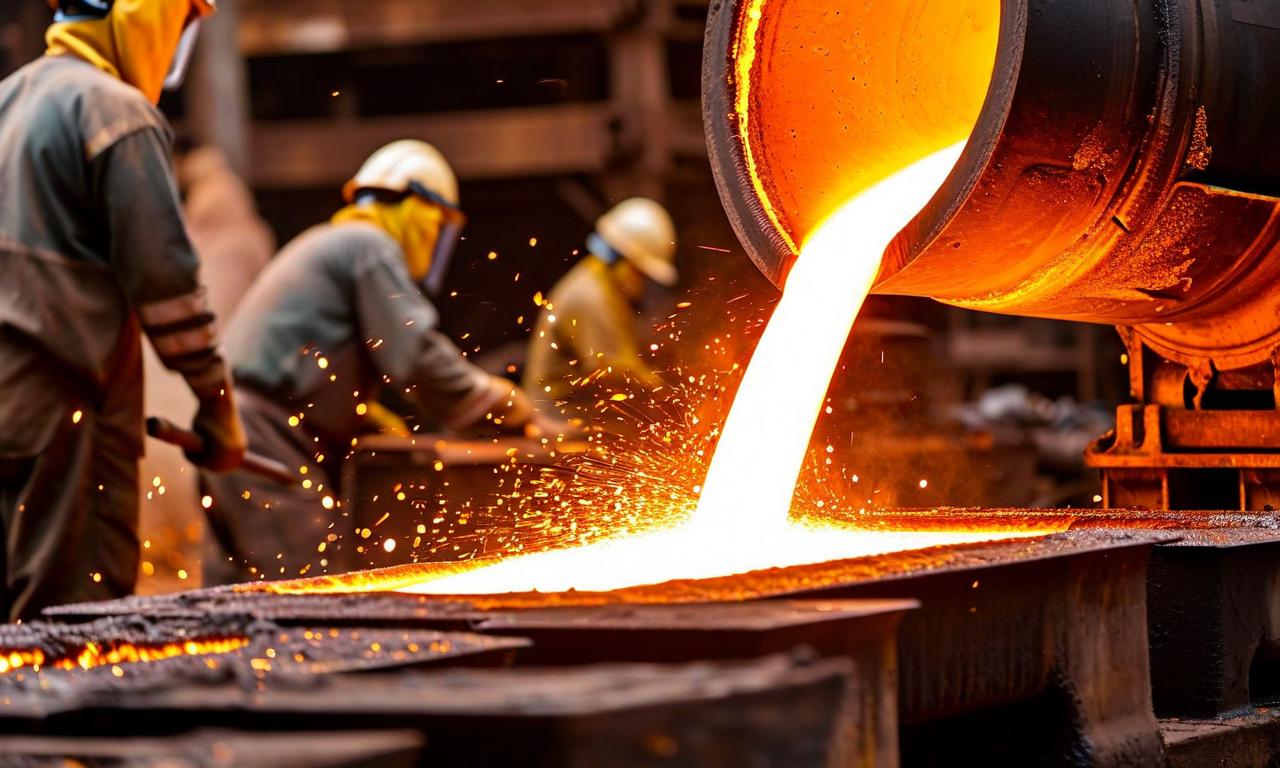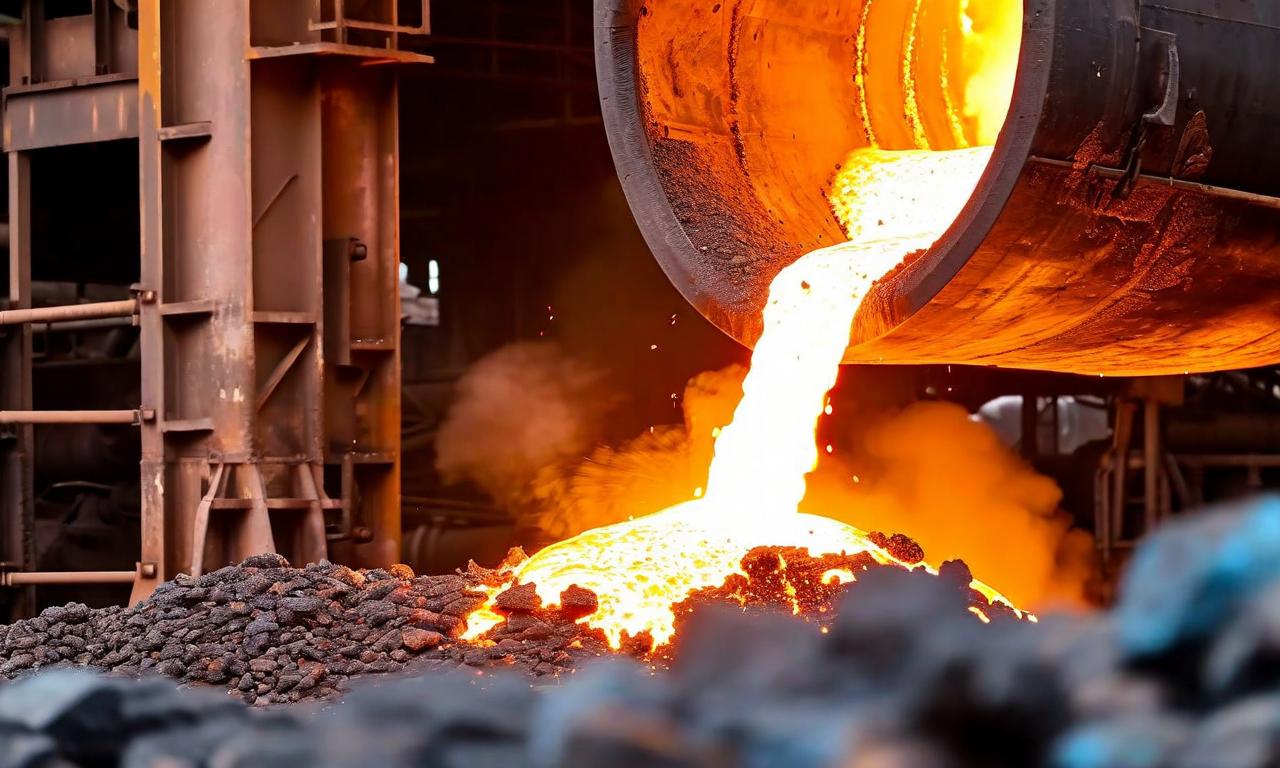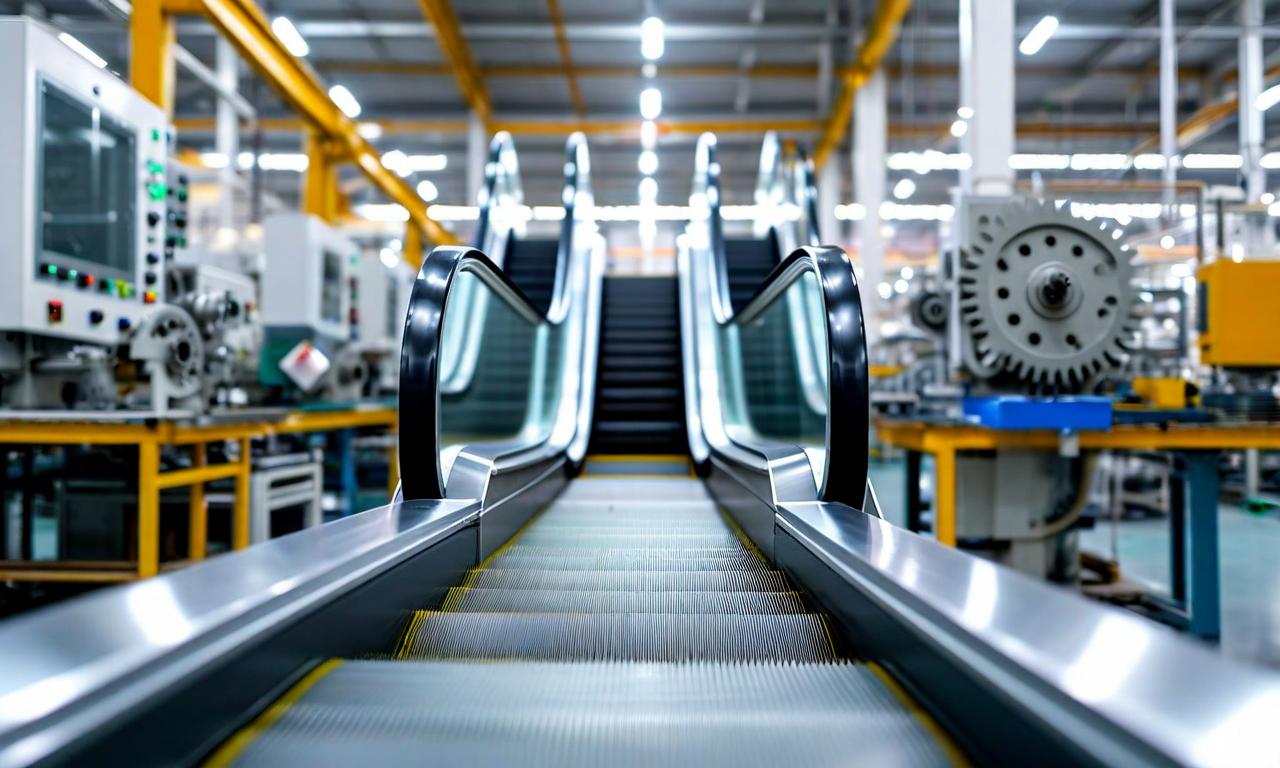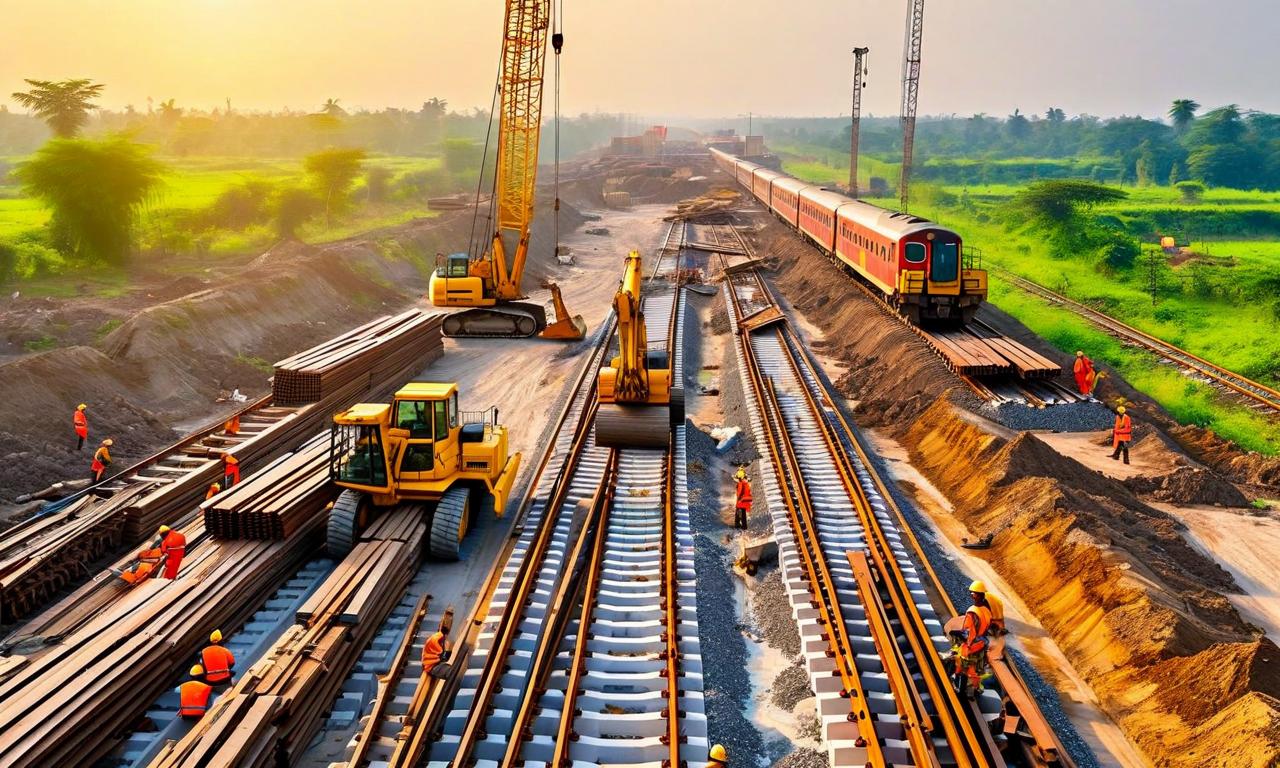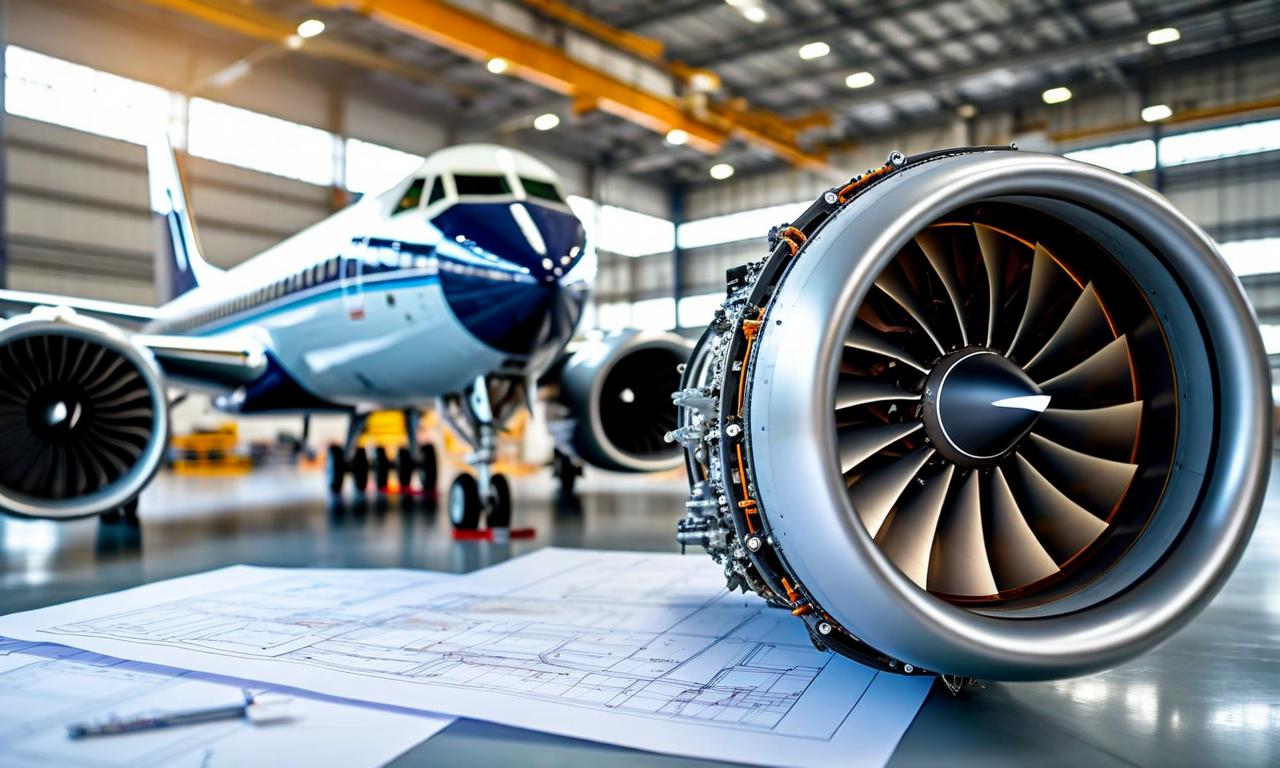Indian Steel Industry Seeks Government Intervention Amid Surging Imports and Chinese Production Dominance
The Indian steel industry is facing challenges due to increasing imports, particularly from China. Domestic production lags significantly behind China's, with the stainless steel sector operating at only 60% capacity. Despite government measures like quality control orders and recommended safeguard duties, India has been a net steel importer for six consecutive months. The industry is seeking additional support as domestic steel prices hit a five-year low in October. A high-level committee is set to meet with industry leaders to address import-related issues, potentially shaping future trade policies and industrial strategies.
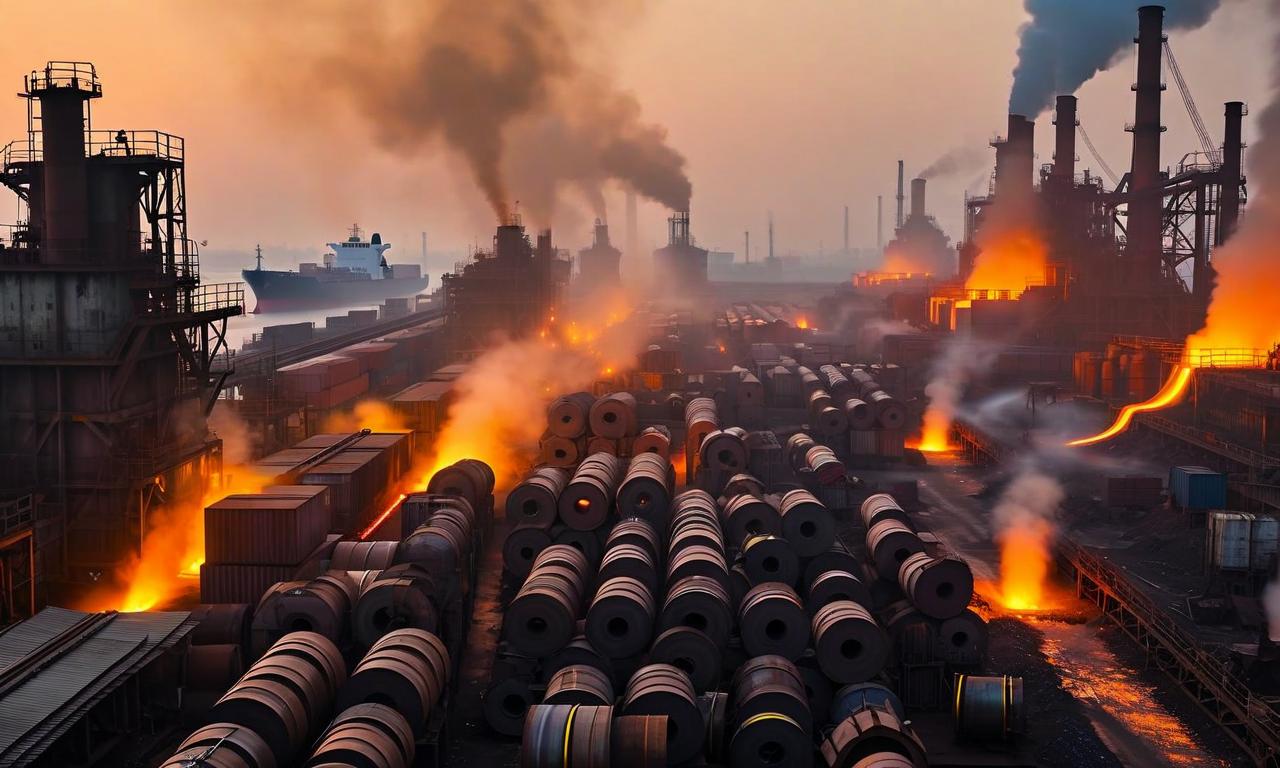
*this image is generated using AI for illustrative purposes only.
The Indian steel industry is facing significant challenges as domestic manufacturers call for additional government measures to curb rising imports, particularly from China. The situation highlights a growing disparity between Chinese and Indian steel production, with potential implications for the domestic market and policy landscape.
Production Disparity and Import Pressure
China's dominance in steel production is evident from recent data:
| Period | China's Production | India's Production | China vs India Ratio |
|---|---|---|---|
| Jan-Sep 2023 | 746.30 | 122.40 | 6.10 |
| September 2023 | 73.50 | 13.60 | 5.40 |
This substantial gap in production volumes has contributed to increased import pressure on the Indian market. Notably, the stainless steel sector in India is operating at only 60% of its 7.5 million tonnes installed capacity due to this import influx.
Government Measures and Industry Response
In response to these challenges, the Indian government has implemented several measures:
- Over 100 quality control orders (QCOs) to restrict non-BIS compliant steel products.
- The Directorate General of Trade Remedies (DGTR) recommended a 12% provisional safeguard duty for 200 days on certain steel products in March.
- A high-level committee from NITI Aayog is scheduled to meet with steel industry leaders to discuss import-related issues.
Despite these efforts, the industry continues to face headwinds:
- Domestic steel prices dropped to a five-year low in October, influenced by surging imports.
- India has been a net steel importer for six consecutive months, with September imports reaching 0.79 MT of finished steel.
- In the first half of the fiscal year, India's inbound shipments exceeded exports by 0.47 MT, despite a 40% rise in export volumes to 4.43 MT.
Economic Implications and Policy Outlook
The Reserve Bank of India (RBI) has highlighted the surge in steel imports, attributing it to lower import prices and calling for policy support. This situation presents a complex challenge for policymakers, balancing the needs of domestic producers against broader economic considerations.
As the government and industry stakeholders prepare for upcoming discussions, the focus will likely be on developing strategies to enhance the competitiveness of Indian steel manufacturers while managing the impact of global market dynamics on the domestic industry.
The outcome of these deliberations could have significant implications for India's steel sector, potentially shaping trade policies and industrial strategies in the coming months.

